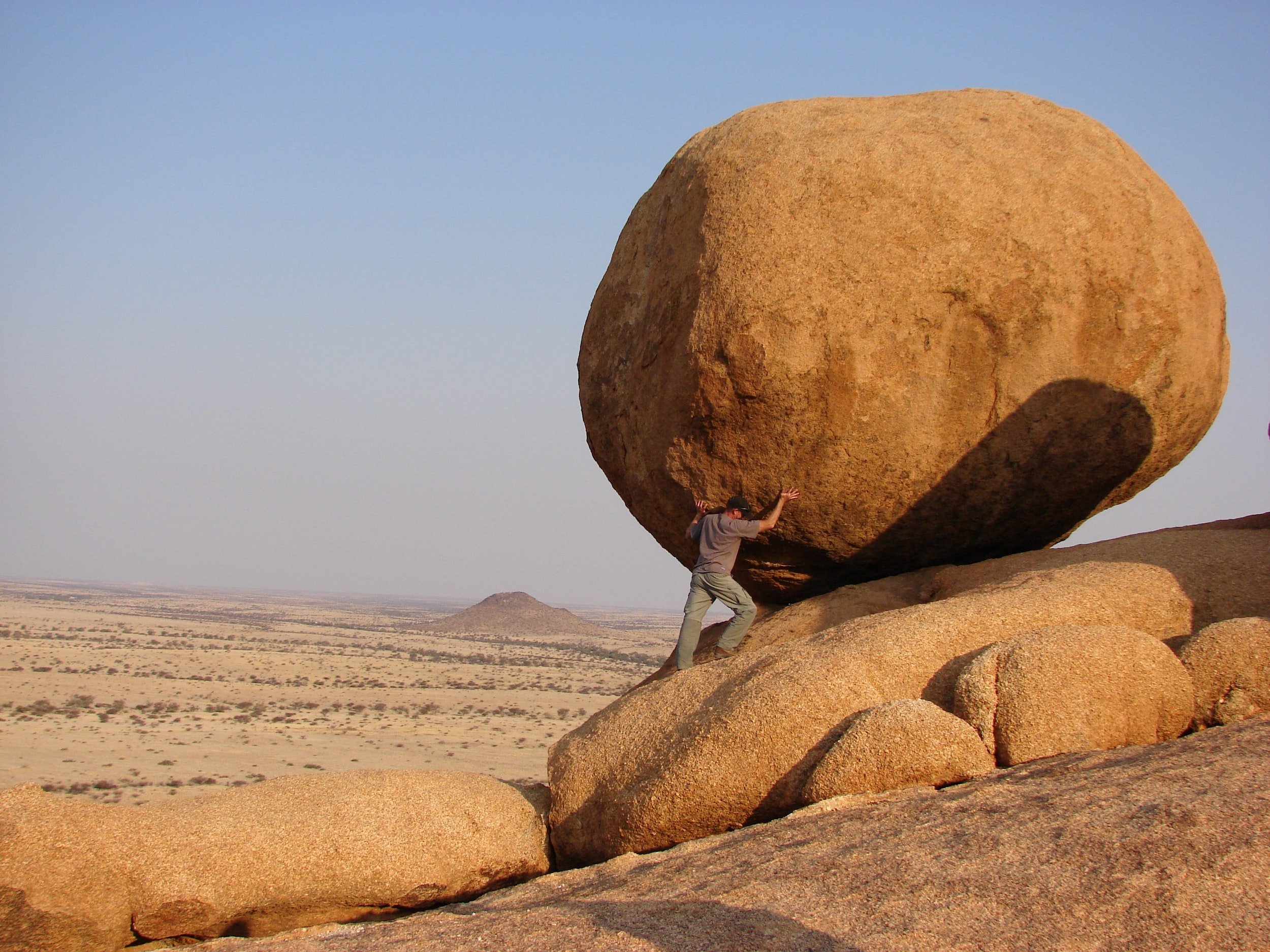Advice Has an Angle
Have you ever wondered how there can be so much contradicting advice on the internet about how to get better at climbing? Coach A might say that rows are the most transferrable way to build pulling strength for climbing, Coach B says it’s lockoffs, and Coach C says that climbers already spend too much time developing their pulling strength and that it’s a waste of time to do more. So who’s right?
All advice has an unspoken “who, what, when, and where” attached to it. Whenever there is a training article online or some tidbit of knowledge on social media, it’s important that you consider the context that this advice is being given in and whether that applies to you. This shows up in three main ways that we need to look out for: advice from coaches, friends, and our past selves.
Advice from Coaches
When a coach puts out a piece of advice, they typically have a specific person or group of people in mind. The advice from a youth coach who only works with kids and teenagers will be wildly different from someone who only works with adults that picked up climbing later in life. The recovery capabilities of those two groups couldn’t be more different.
If a coach lives in a city where everyone spends most of the year in the gym, they will give different advice than someone from a mountain town who is surrounded by multi-sport athletes that climb outside 100+ days a year. Skill work will be more crucial for the climbers who don’t spend as much time outside, and general strength work will likely prove more important for the people who try to project outdoors all four seasons.
Another aspect of coaching advice we need to be aware of is how engaging that advice is from a social media perspective. Coaching is a business, and social media is, for many, a necessary evil of that business. Some pieces of advice or training information look better on social media than others, regardless of how effective they are at getting results, and they can be prioritized because of it.
This is much more common in the general strength and conditioning industry, but it’s still happening within all sports. Let’s face it, not many of us are going to hit the “Like” button for a post that says, “Drink more water, stop getting your food through windows, and go to bed earlier,” regardless of how good that advice is. If something looks flashy and you aren’t sure if there’s validity in it, don’t be afraid to reach out to a coach and ask about the results they’ve seen with their clients over the course of months and years.
Advice from Friends or Climbing Partners
When a friend tells you, “This worked great,” what they really mean is, “For me, at a specific time in my life, with the schedule I had, and with all of my prior experience with climbing and training, this thing worked great for me.”
For the right person, with the right experience, right amount of time, at the right moment in their life, that advice might be exactly what they need. It could also be a waste of time. This doesn’t make the advice good or bad. It means that the advice has a context that needs to be taken into account.
If I told you the secret to climbing 5.14 was to drink coffee in a lockoff while wearing a groutfit (grey outfit), you would probably be skeptical. As you should be.
Advice from Ourselves
“The first principle is that you must not fool yourself, and you are the easiest person to fool.”
This also comes into play when we look to our past selves for advice. We often forget all of the circumstances that surrounded a specific period of time and are guilty of attributing our success or failures to one or two small parts of a much larger system. Was it those 4x4’s and beet root juice that made you climb so well that season? Or was it the fact that you had less responsibilities and regularly climbed 20+ hours a week?
Considering context can bring added insights that can take advice from good to great. Gather these contextual elements. By doing so, you won’t just be memorizing things that do and don’t work.; you’ll be developing an understanding for why they work.
































One of the most common places things start to fall apart is at the very beginning of the move.